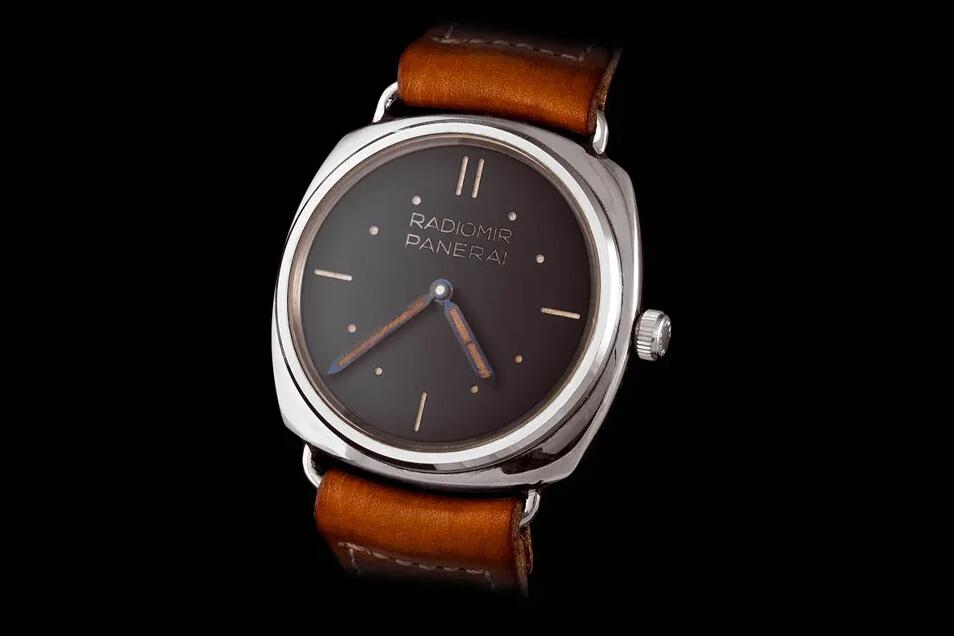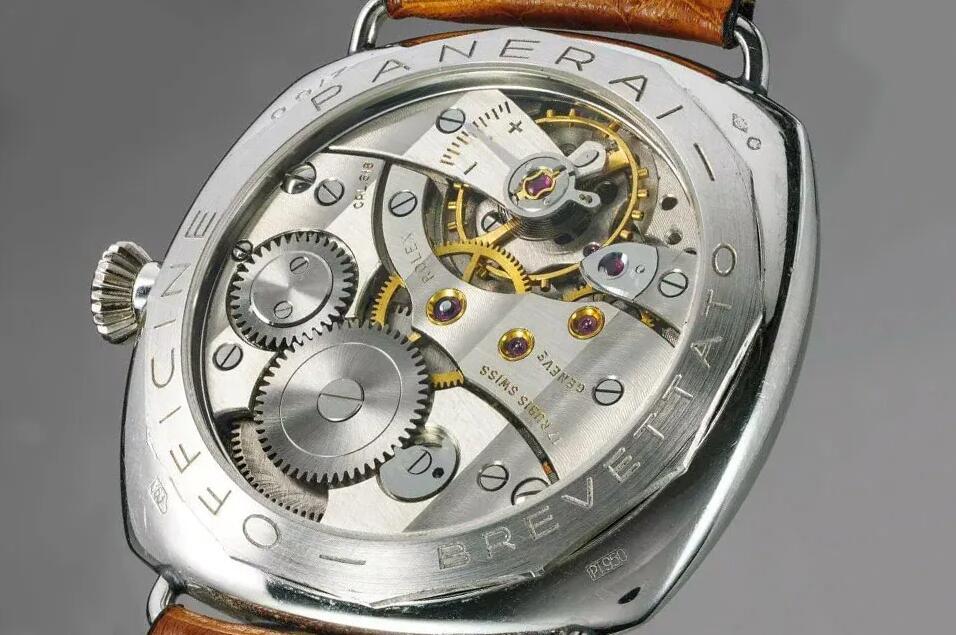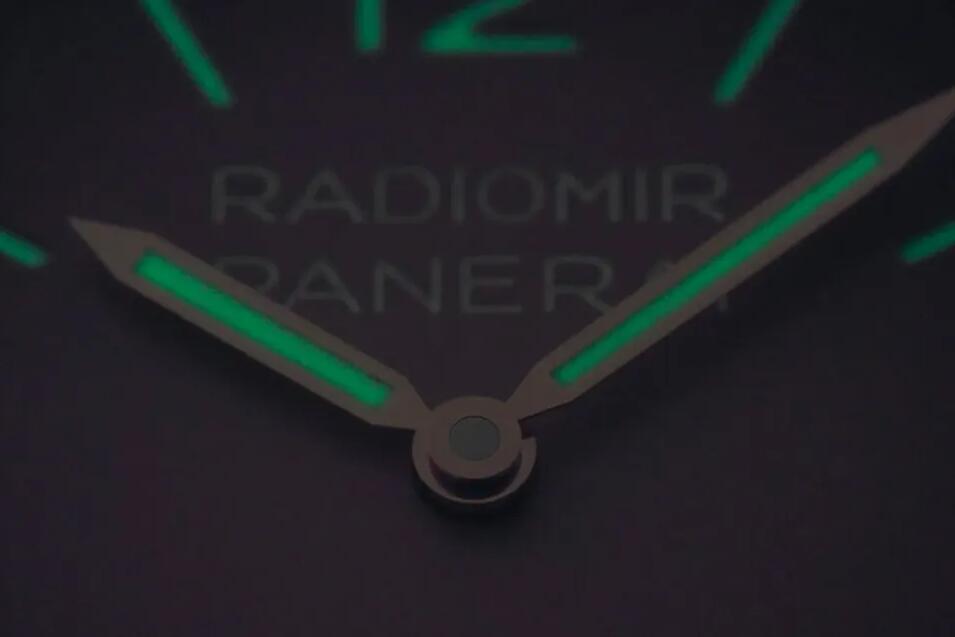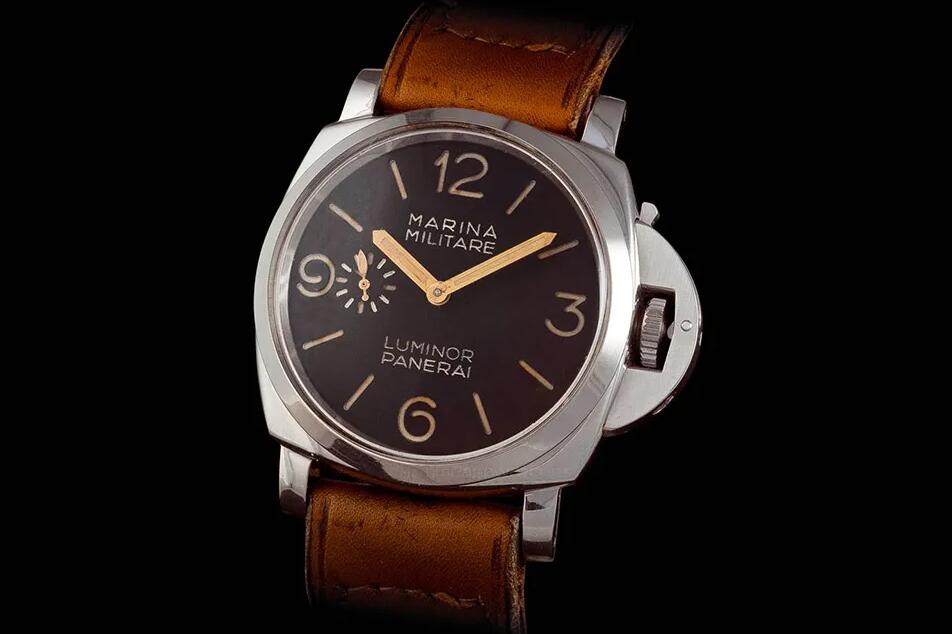Invariably, legendary watches are distinguished by a unique design, recognizable at first glance. And in this little game, one model undoubtedly stands out more than the others: the Panerai Luminor. A watch with a design that has become iconic, but which also has a very interesting history. Italian Navy, luminescent substance, and Hollywood career…let’s take a look at the history of the Replica Panerai Luminor.
Radiomir, the big sister

To better understand the history of the Luminor, we need to go back a little further. At the very origins of the brand. Officine Panerai was founded in Italy in 1860, when Giovanni Panerai opened his first boutique in Florence, Tuscany. And from the beginning of the 20th century, Panerai became the partner of the Regia Marina, the Italian royal navy. The beginning of a collaboration which would last several decades and which would be the main driving force of the brand until the 1990s. In 1916, Panerai filed a patent for a luminescent material based on Radium, called Radiomir. But it would be necessary to wait until 1936 for the first prototypes to leave the workshops, and two more years for Radiomir watches to definitively equip the Italian navy.

And from 1940, the Rolex movement gave way to the Angelus 240 caliber: a manually wound movement which has a power reserve of 8 days! A decisive improvement compared to the 41 hours of power reserve of the Rolex caliber 618, but also a technical feat that we would later find on the Panerai “8 Giorni”.
1949, from Radium to Tritium

Radiomir is made from radium, a radioactive element which is not harmless to humans. Some divers even complain of nausea due to the watch. Thus, in 1949, Panerai designed and patented Luminor: a new luminescent material, this time based on tritium, 20 times less dangerous for humans than radium in terms of radiation. In addition, tritium does not penetrate the skin, which is a significant advantage for people working in watchmaking workshops. Just like radium, tritium does not need a light source to charge UV, and glows all the time.
